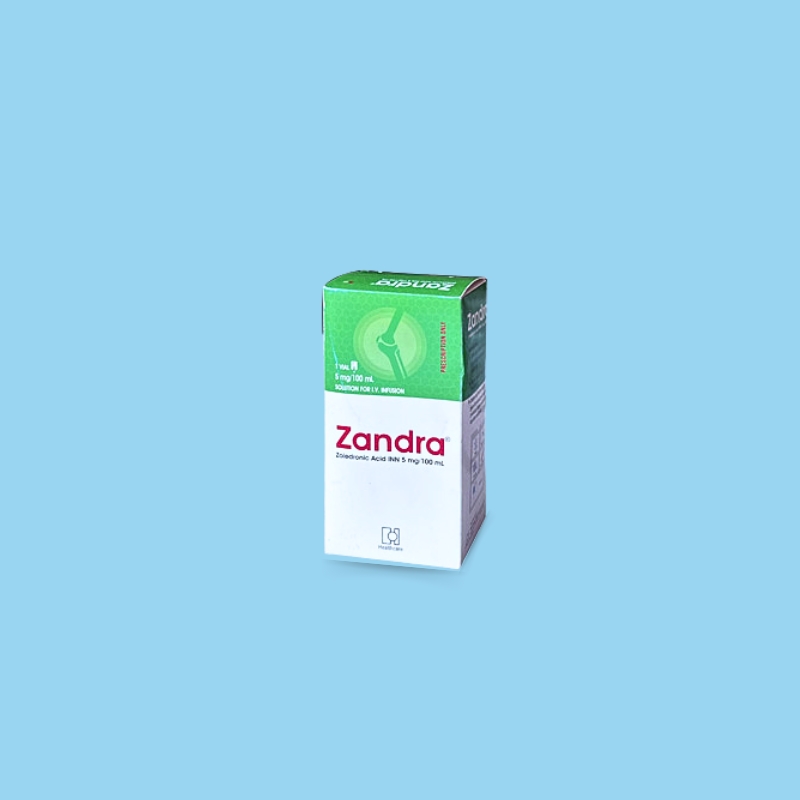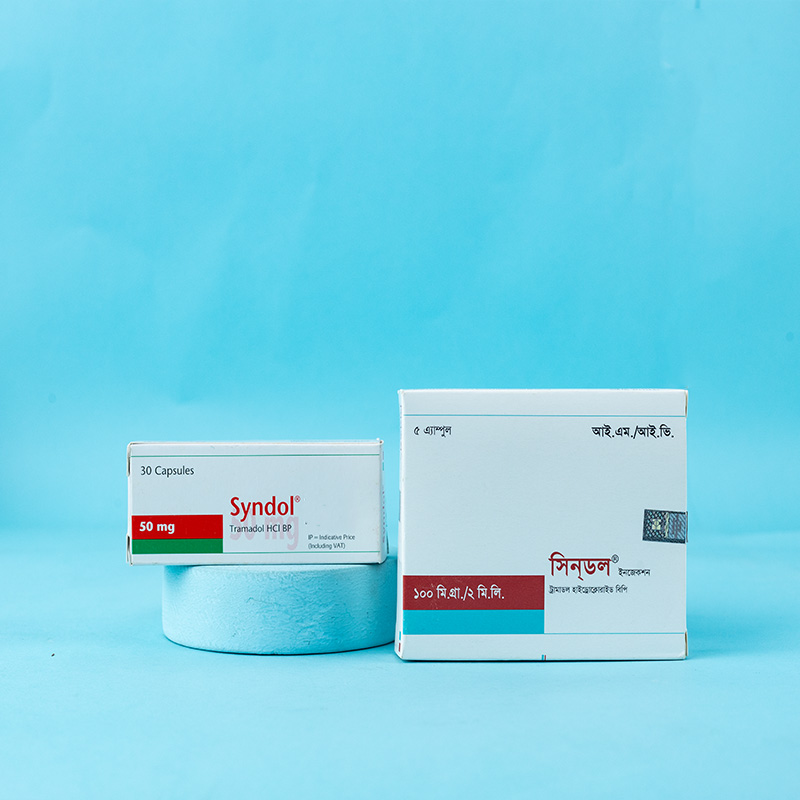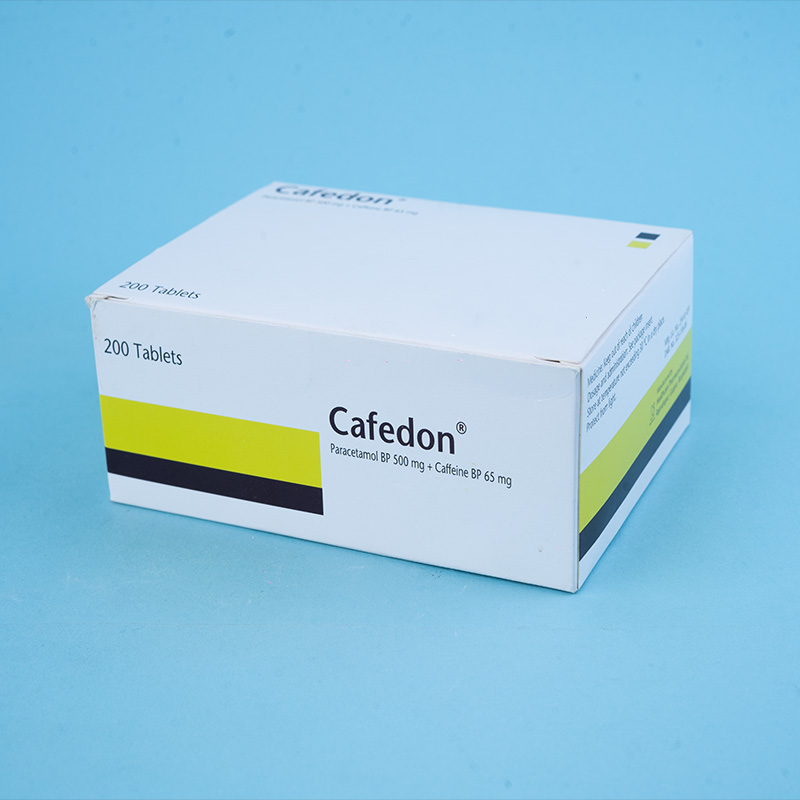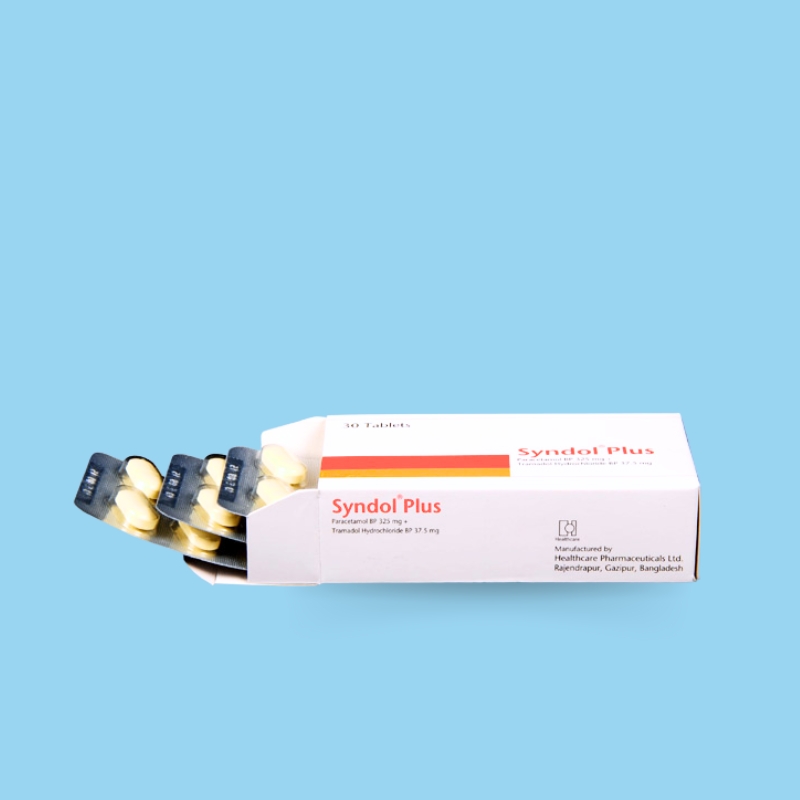Zoledronic acid is a bisphosphonate that acts primarily on bone. It is an inhibitor of osteoclast-mediated bone resorption. The selective action of bisphosphonates on bone is based on their high affinity for mineralized bone. Intravenously administered zoledronic acid rapidly partitions to bone and localizes preferentially at sites of high bone turnover. The main molecular target of zoledronic acid in osteoclasts is the enzyme farnesyl pyrophosphate synthase. The relatively long duration of action of zoledronic acid is attributable to its high binding affinity to bone mineral.

Treatment and prevention of postmenopausal osteoporosis
Treatment to increase bone mass in men with osteoporosis
Treatment and prevention of glucocorticoid-induced osteoporosis
Treatment of Paget’s disease of bone in men and women

The optimal duration of use has not been determined. For patients at low risk of fracture, consider drug discontinuation after three to five years of use.

Important Administration Instructions
Zoledronic acid injection must be administered as an intravenous infusion over no less than 15 minutes.
Patients must be appropriately hydrated before administration of zoledronic acid.
Parenteral drug products should be inspected visually for particulate matter and discoloration prior to administration, whenever solution and container permit.
Intravenous infusion should be followed by a 10 mL normal saline flush of the intravenous line.
Administration of acetaminophen following zoledronic acid infusion may reduce the incidence of acute-phase reaction symptoms.
Treatment Regimens: Postmenopausal Osteoporosis Treatment: 5 mg infusion once a year, given intravenously over no less than 15 minutes. Postmenopausal Osteoporosis Prevention: 5 mg infusion once every two years, given intravenously over no less than 15 minutes. Osteoporosis in Men: 5 mg infusion once a year, given intravenously over no less than 15 minutes. Glucocorticoid-Induced Osteoporosis Treatment and Prevention: 5 mg infusion once a year, given intravenously over no less than 15 minutes.
Paget’s Disease of Bone Treatment: 5 mg infusion. The infusion time must not be less than 15 minutes and must be administered at a constant infusion rate.
Re-treatment of Paget’s Disease: Re-treatment with zoledronic acid may be considered in patients who have relapsed, based on increases in serum alkaline phosphatase, or in patients who failed to achieve normalization of their serum alkaline phosphatase levels, or in those with symptoms, as dictated by medical practice.
Calcium and Vitamin D Supplementation: Patients being treated for Paget’s disease of bone should be instructed on the importance of calcium and vitamin D supplementation in maintaining serum calcium levels, as well as on the symptoms of hypocalcemia. All patients should take 1,500 mg elemental calcium daily in divided doses (750 mg twice daily or 500 mg three times daily) and 800 international units of vitamin D daily, particularly in the two weeks following zoledronic acid administration.
Patients being treated for osteoporosis should take supplemental calcium and vitamin D if their dietary intake is inadequate. An average daily intake of at least 1,200 mg calcium and 800-1,000 international units of vitamin D is recommended.
Method of Administration
The zoledronic acid infusion time must not be less than 15 minutes, given over a constant infusion rate. The intravenous infusion should be followed by a 10 mL normal saline flush of the intravenous line.
Zoledronic acid solution for infusion must not come in contact with any calcium or other divalent cation-containing solutions and should be administered as a single intravenous solution through a separate vented infusion line.
If refrigerated, allow the solution to reach room temperature before administration. After opening, the solution is stable for 24 hours at 2°C to 8°C (36°F to 46°F).

Hypocalcemia
Patients with creatinine clearance less than 35 mL/min or evidence of acute renal impairment
Hypersensitivity to any component of zoledronic acid

Hypocalcemia: May worsen during treatment. Patients must be adequately supplemented with calcium and vitamin D.
Renal Impairment: A single dose should not exceed 5 mg, and the infusion duration should be no less than 15 minutes. Renal toxicity may be higher in patients with underlying renal impairment or other risk factors, including advanced age or dehydration. Monitor creatinine clearance before each dose.
Osteonecrosis of the Jaw (ONJ): Has been reported. All patients should have a routine oral exam before treatment.
Atypical Femur Fractures: Have been reported. Patients experiencing thigh or groin pain should be evaluated for a femoral fracture.
Severe Bone, Joint, and Muscle Pain: If severe symptoms occur, future doses of zoledronic acid should be withheld.

The most common adverse reactions (>10% incidence) include pyrexia, myalgia, headache, arthralgia, and pain in extremities. Other important adverse effects include flu-like illness, nausea, vomiting, diarrhea, and eye inflammation.

Pregnancy: Zoledronic acid can cause fetal harm. Women of childbearing potential should be advised accordingly.
Nursing Mothers: Zoledronic acid should not be given to nursing women.

Pediatric Use: Not indicated for pediatric patients.
Geriatric Use: Special care should be taken to monitor renal function.

Renal Impairment: Contraindicated in patients with creatinine clearance less than 35 mL/min or those with acute renal impairment. No dosage adjustment is required for those with creatinine clearance ≥35 mL/min.
Hepatic Impairment: Zoledronic acid is not metabolized in the liver. No clinical data are available for use in patients with hepatic impairment.

Aminoglycosides: May prolong hypocalcemia.
Loop Diuretics: May increase the risk of hypocalcemia.
Nephrotoxic Drugs: Use with caution.
Drugs Primarily Excreted by the Kidney: Exposure may be increased in patients with renal impairment. Monitor serum creatinine in at-risk patients.

Patients who have received doses higher than recommended should be carefully monitored. Overdose may result in clinically significant renal impairment, hypocalcemia, hypophosphatemia, and hypomagnesemia. Clinically relevant reductions in calcium, phosphorus, and magnesium should be corrected by intravenous administration of calcium gluconate, potassium or sodium phosphate, and magnesium sulfate, respectively. A single dose should not exceed 5 mg, and the infusion duration should be no less than 15 minutes.

Store at a temperature not exceeding 30°C in a dry place. Protect from light. Medicine: Keep out of reach of children.

Store at a temperature not exceeding 30°C in a dry place. Protect from light. Medicine: Keep out of reach of children.

Zandra® Solution for IV Infusion 5 mg/100 mL: Each pack contains:
One 100 mL glass bottle containing Zoledronic Acid INN 5 mg
One infusion set
One butterfly needle
One alcohol pad
One first aid bandage
One plastic hanger





